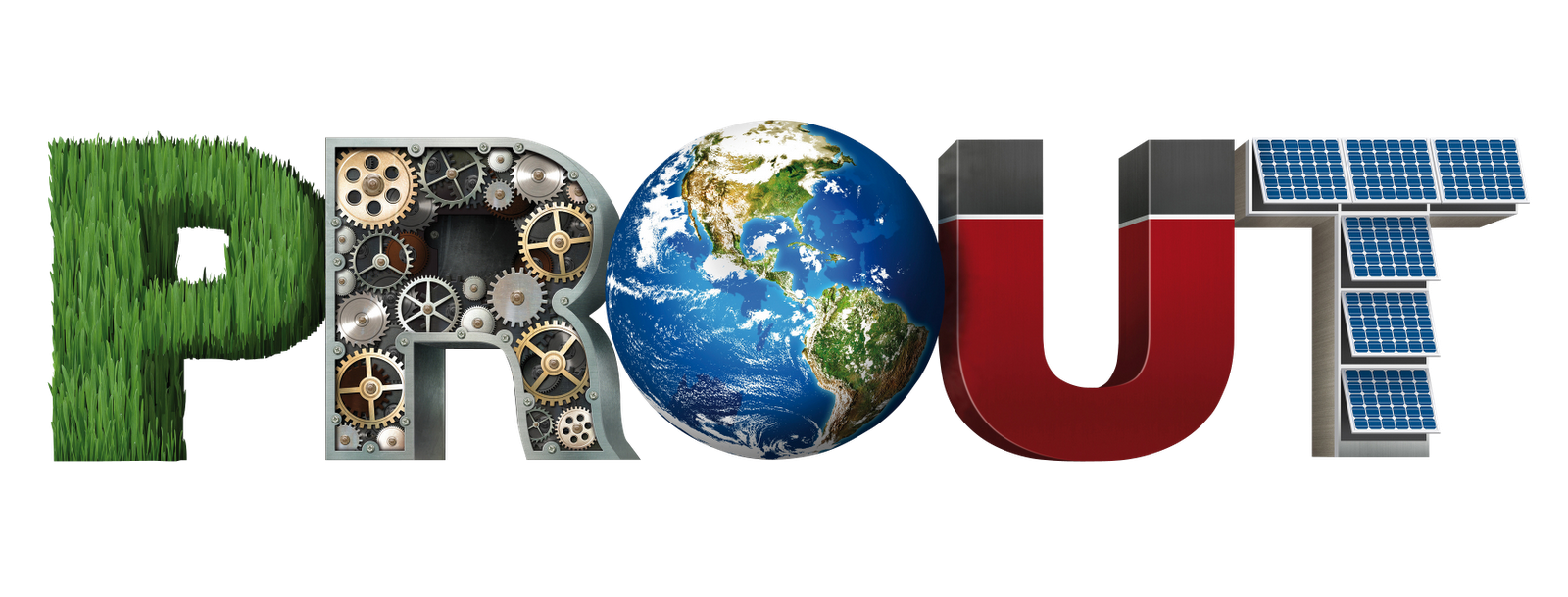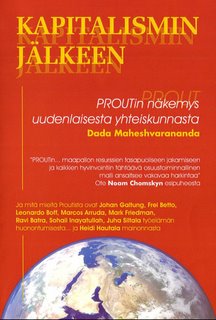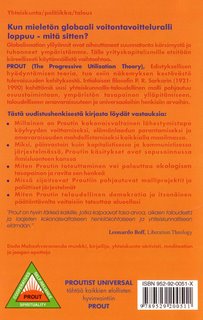The recent discovery in Susiluola (in the Southern Ostrobothnian municipality of Kristinestad) of stones worked by the human hand suggest that people were living there over 100,000 years ago, after the discovery of fire. The mental color of those early human beings was shudra, struggling to survive and longing for physical enjoyment. Their minds were almost always absorbed in material thoughts.
About 10,000 years ago the last Ice Age came to an end and the Finnish land surface began to re-emerge from under the receding ice and to rise up from the sea. Humans then came from Estonia across the Gulf of Finland, and from the Ural Mountains of Russia, and began to make settlements. These people lived in tribes, and had already developed sophisticated fishing nets and hunting weapons. Their safety and successful hunting depended on the strongest warriors (ksattriyas) leading the tribe. Their descendants gradually spread out, forming new villages even into northern Finland, and developing agriculture and animal husbandry.
.
The evolution of some viprans (intellectuals) during this early tribal period can be seen in the shamans, wise and respected spiritual leaders of their tribe who were believed to have healing abilities and a special relationship with the spirit world. Their search for knowledge is expressed in some of the older epic poems of the Kalevala. However, the tribes for the most part continued to be led by warriors. The population of Finland as the Iron Age drew to a close about 1000 AD has been estimated at around 50,000.
The transition from a ksattriya-led to a vipra-led society started with the introduction of Christianity from Sweden and Russia in the twelfth century and the later takeover of the country in the thirteenth century by the Swedish Empire, which was dominated by the royal family, court ministers and the Catholic Church.
The publication in 1765 of Anders Chydenius’ book, The National Gain, proposing free trade (11 years before Adam Smith’s famous book, The Wealth of Nations), is a good indication of how capitalists (vaeshyas) were increasingly becoming the new power-brokers in Finland. Gradually the Industrial Revolution arrived, and in 1860 the country’s first own currency was introduced and the paper and ship-building industries began to boom.
Starting in 1918 with the class war between the Red Guards and the Whites, some disgruntled ksattriyas and vipras tried unsuccessfully in various ways to lead shudras on a Communist platform to overthrow the vaeshyas. Despite the Soviet Union’s hard efforts to manipulate Finland since its beginning, through the armistice agreement in 1944, and until its own fall in 1991, the majority of the Finnish people resisted this and the society continues to be capitalist-led.
According to Sarkar’s social cycle theory, Finland, like the rest of the capitalist world, is today in its last days of capitalist control. Multinational corporations from throughout the European Union and the United States dominate ever larger shares of the economy. The welfare state is weakening, the gap between the rich and the poor is increasing, and a materialist and consumer outlook is indoctrinating the people.
A fundamental change of consciousness is needed. Courageous fighters (ksattriyas) and thinkers (vipras) should lead a radical, grassroots popular transformation to establish a more orderly, disciplined and ethical society based on economic justice and solidarity.
 (English translation of the article that appeared in the Finnish magazine of the Service Center for Development Corporation ("Kepa") For more about Kepa, see: www.kepa.fi/English
(English translation of the article that appeared in the Finnish magazine of the Service Center for Development Corporation ("Kepa") For more about Kepa, see: www.kepa.fi/English

